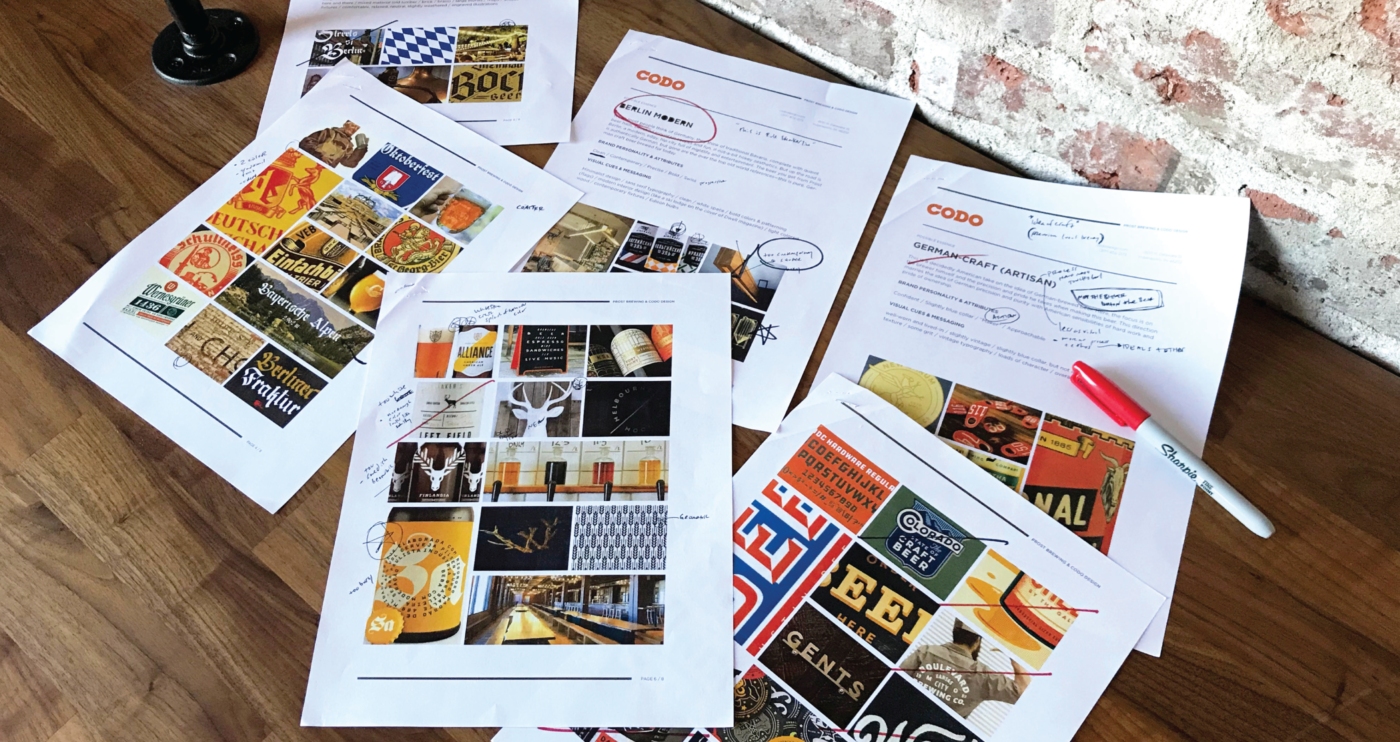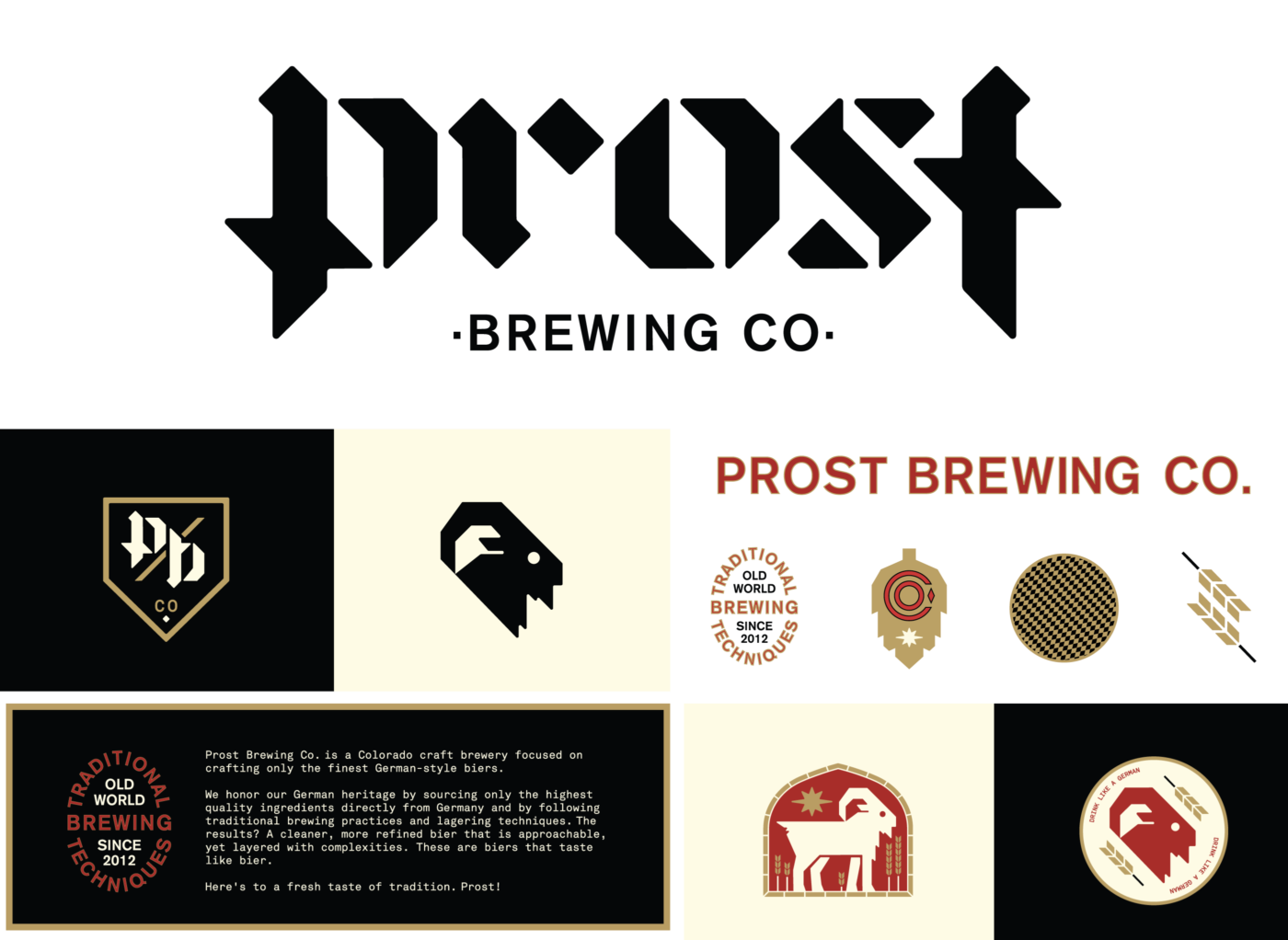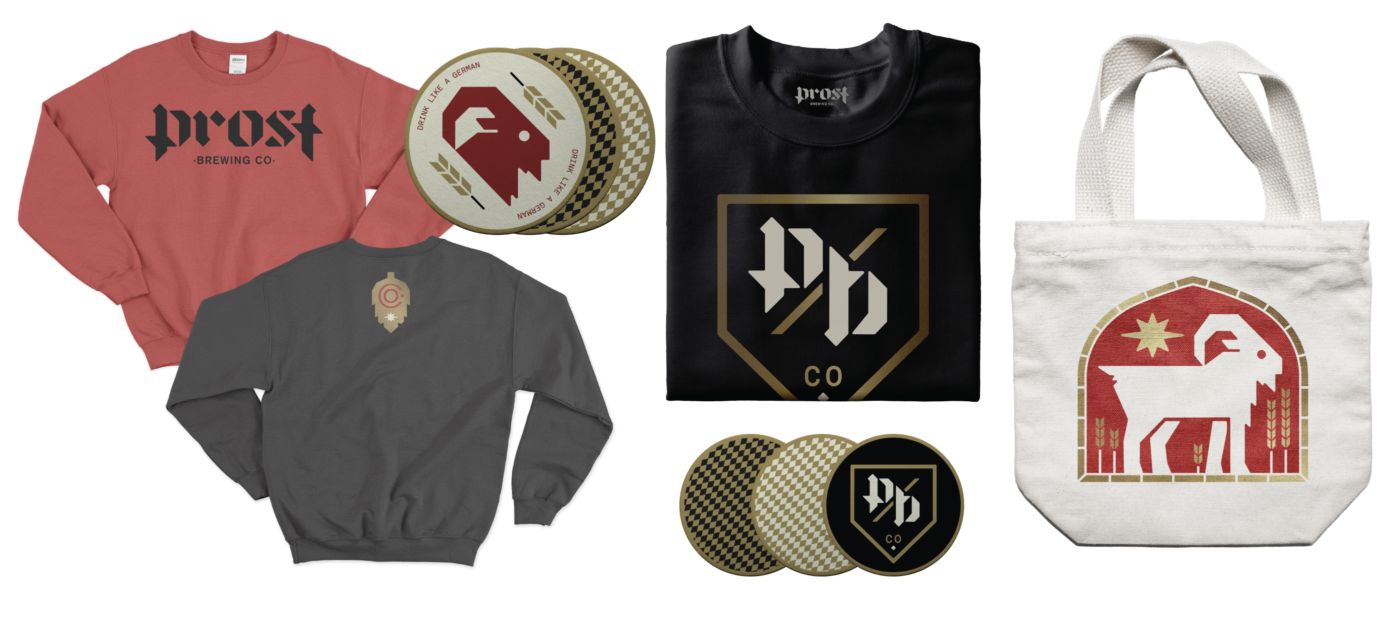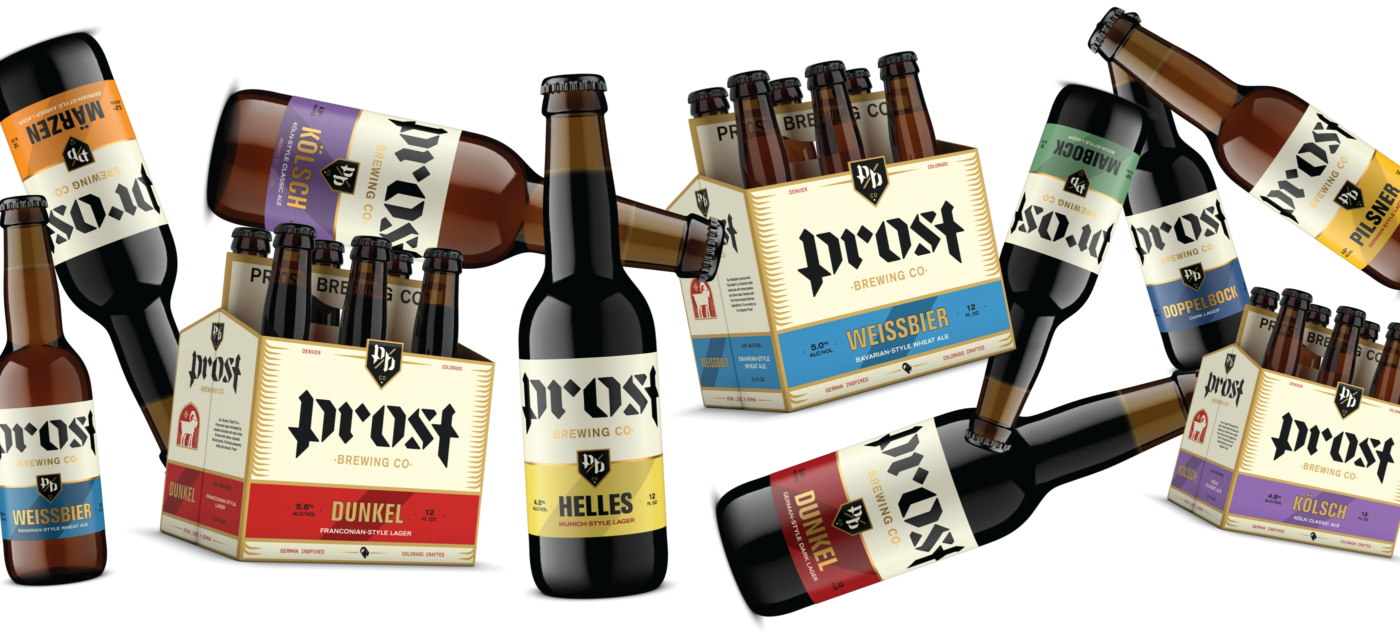The exact number is ever-shifting, but Colorado remains in the top five, both for number of breweries total, and breweries per capita in the United States. Nearby Boulder is recognized as the city with the most total breweries stateside. A quick search reveals dozens more in the works for the state of Colorado, with every indication that this growth will continue. In what is arguably the craft beer epicenter of the world, there is no shortage of rock-star brewers in line, ready to open the next buzz-worthy spot.
This obsession with newness puts established brewers in a precarious place. In a market rife with frenetic growth, attention is at a high premium. Breweries who have been around for merely three or four years are deemed old news. On top of that, if you aren’t kicking out the most on-trend, up-to-date beer styles, it’s hard to secure a tap handle, let alone generate buzz among hyper-opinionated, local craft beer consumers.
This was the lay of the land when Prost Brewing contacted us to discuss a potential rebrand.
In an industry ever-fixated on the shiny and new, Prost is an anomaly. We didn’t realize just how special their beer is until we journeyed out to Denver for the project kickoff. Prost is one of maybe a dozen breweries in the United States who can claim to brew in adherence of the Rhineheitsgebot (German beer purity law) for their flagship lineup. All grains and hops are imported from Germany, then subject to a variety of old-world brewing methods, including esoteric detours like decoction, horizontal lagering and step mashing.
All of this passes through a massive copper brew kettle—purchased and flown over piece by piece from a nearly 400 year old brewery in (deep breath) Breitengüßbach, Germany—with very little automation built-in. It’s a miracle that their beer is so consistent from batch to batch. Beyond garden-variety Instagramable mash-ins and hop additions, Prost’s brewers monitor every step of the process, at times feverishly turning decades-old valves by hand to adjust water flow or temperature. Their focus on clean, crisp, traditionally brewed lager beer stands out sharply amidst a de rigueur backdrop of “hazy this” and “juicy that.”

Even still, after five years of operation: Prost was feeling the pressure. Dated branding and lackluster package design contributed to the idea that Prost represented the “old guard.” A sad state of affairs, considering Prost makes what we regard as some of the best beer in the country. When our other brewery clients found out we were working with Prost, they assumed a tone of reverence normally reserved for standbys Sierra Nevada, New Glarus or Dogfish Head. Almost every one of them had a story about going to Denver and sitting in their taproom for hours, drinking liter after liter of Pils or Dunkel.
In short, there was an obvious disconnect between the quality of Prost’s beer and their overall perception within a fickle, scene-driven market.
Fortunately, brewery leadership refused to let this disconnect go unaddressed. Prost has begun renovating their flagship Denver taproom and launching a few more locations across Colorado. Additionally, they’re ramping up their off-premise focus and opening up the equally competitive California and Texas markets. What started as a conversation about retooling packaging quickly morphed into a rebranding and repositioning project, including core identity and messaging, packaging, merch, sales material, environmental design and a fully-responsive website, all built from the ground up.
















